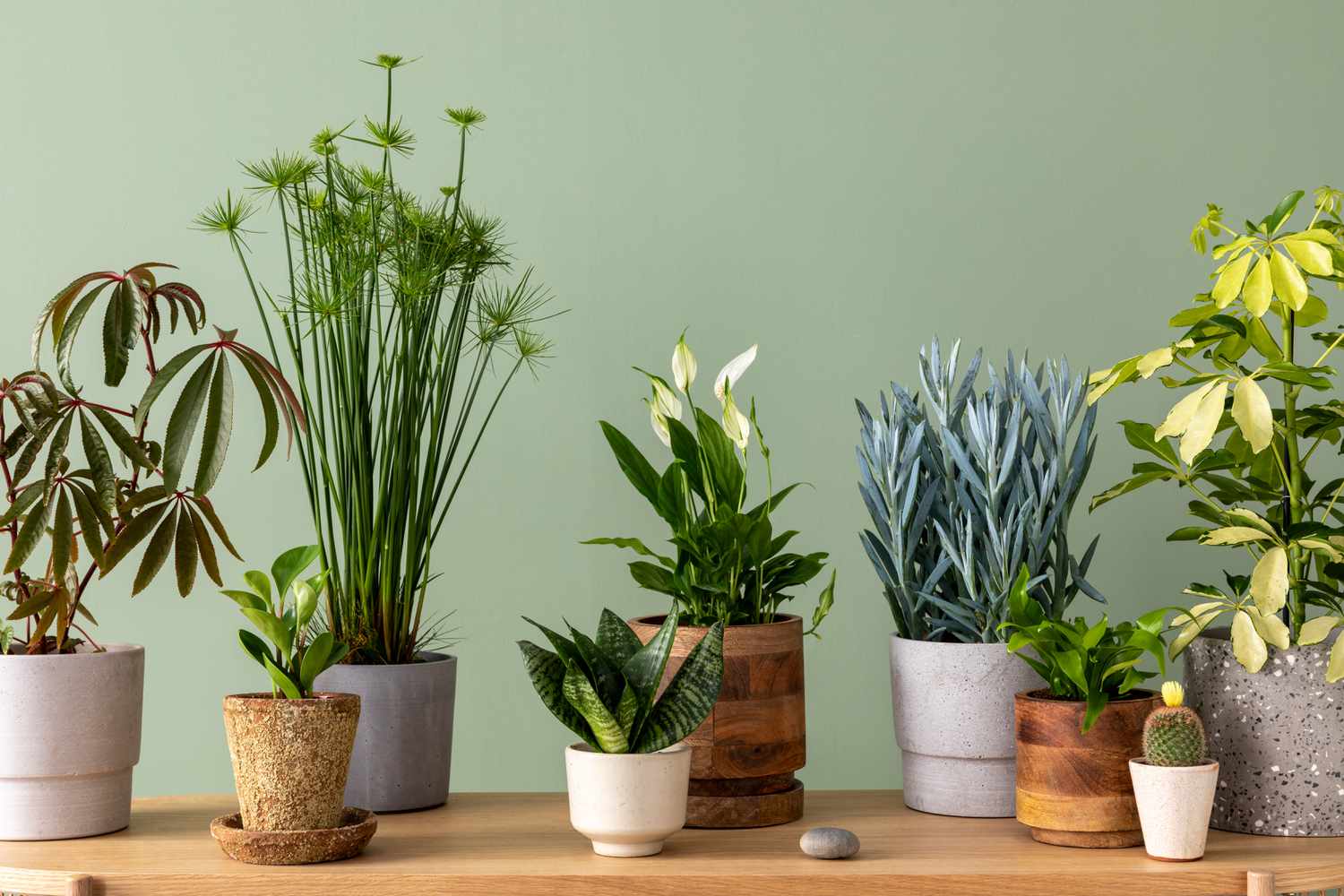Keeping indoor plants healthy and vibrant requires more than just occasional watering. Indoor plant care involves understanding the specific needs of each plant species, from light exposure to humidity levels. With the right techniques and knowledge, anyone can become successful at nurturing a thriving indoor garden.

Many people are drawn to houseplants for their beauty and the calming atmosphere they bring. However, without proper indoor plant care, even the hardiest plant can wither away. In this article, you’ll discover everything you need to know to master the art of indoor plant and turn your living space into a green oasis.
Choosing the Right Indoor Plants
Selecting Plants That Suit Your Space
The first step in effective indoor plant care is choosing the right plants for your home environment. Some plants thrive in low light, while others need bright, indirect sunlight. Understanding your space will help you select plants that match your conditions.
Humidity, temperature, and space are all factors that influence plant selection. If your home has dry air or limited natural light, opt for species like snake plants or pothos. Choosing compatible plants is essential for successful indoor plant from the start.
Understanding Light Requirements
Matching Plants with the Right Lighting Conditions
Light plays a crucial role in indoor plant care because it directly affects growth and health. Different plants require varying amounts of light, from full sun to complete shade. Observing how sunlight moves through your home helps determine ideal plant placement.
Low-light plants can be placed farther from windows, while sun-loving species should be near bright areas. Using grow lights can also support effective indoor plant in dim spaces. Matching light requirements with plant needs is key to long-term success.
Watering Wisely
How and When to Water Your Plants
Proper watering is a foundational part of indoor plant care, and overwatering is a common mistake. Every plant has different watering needs, depending on its type and the season. Always check the soil before watering to prevent root rot.
Use pots with drainage holes to avoid excess water buildup. Letting the top inch of soil dry out between waterings is a good general rule. Smart watering practices will make a noticeable difference in your indoor plant results.
Soil and Potting Essentials
Choosing the Right Medium for Growth
The type of soil you use greatly influences your success with indoor plant care. Not all plants thrive in standard potting mix; succulents, for example, prefer well-draining cactus soil. Knowing your plant’s native environment helps you select the right medium.
Repotting is necessary when plants outgrow their containers. Fresh soil adds nutrients and improves water retention. Paying attention to potting needs ensures your indoor plant is complete and sustainable.
Maintaining Humidity and Temperature
Creating the Ideal Indoor Environment
Humidity and temperature are often overlooked in indoor plant care, but they are vital for many tropical species. If the air is too dry, leaves can brown and curl. Using a humidifier or placing plants on pebble trays can raise moisture levels.
Most houseplants prefer temperatures between 65–75°F (18–24°C). Avoid placing plants near heaters or cold drafts. Maintaining a consistent environment is an important part of high-quality indoor plant.
Fertilizing Your Plants
Feeding Your Green Companions
Just like humans, plants need nutrients to grow and thrive, making fertilization a key part of indoor plant. Use a balanced, water-soluble fertilizer during the growing season for best results. Over-fertilizing can cause more harm than good.
Different plants have different nutrient requirements. Always follow the instructions on your fertilizer package and research what your specific plants need. Fertilizing regularly helps you elevate your indoor plant to the next level.
Pest Prevention and Management
Keeping Your Plants Pest-Free
No matter how careful you are, pests can become a challenge in indoor plant care. Common houseplant pests include spider mites, mealybugs, and aphids. Inspect your plants regularly to catch infestations early.
Use natural remedies like neem oil or insecticidal soap to treat affected areas. Isolating infected plants prevents the spread of pests. Staying proactive about pest control strengthens your overall indoor plant routine.
Pruning and Grooming Techniques
Helping Your Plants Grow Stronger
Pruning helps encourage healthy growth and is an essential part of proper indoor plant. Removing yellowing or dead leaves keeps your plants looking vibrant and disease-free. Regular grooming also allows more light and air to reach all parts of the plant.
Use sterilized scissors or pruning shears to avoid spreading infections. Always make clean cuts and avoid excessive trimming. Consistent pruning is a subtle but powerful tool in effective indoor plant.
Seasonal Adjustments for Plant Care
Adapting Routines Throughout the Year
The needs of your plants change with the seasons, making adaptability crucial in indoor plant care. During winter, many plants enter dormancy and require less water and no fertilizer. In spring and summer, they grow more actively and need increased attention.
Adjust light exposure and humidity based on seasonal shifts. Pay close attention to how your plants respond, and be ready to modify your care routine. Being mindful of seasonal changes will greatly improve your indoor plant success.
Conclusion
Mastering indoor plant care involves attention, consistency, and a willingness to learn. From selecting the right plants to understanding light, water, and seasonal changes, every step contributes to a healthier home garden. The more effort you put into learning the techniques behind indoor plant care, the more your plants will thrive.
By embracing these fundamentals, you’ll create a nurturing environment for your green companions. Whether you’re a beginner or a seasoned plant lover, there’s always something new to discover in the world of indoor plant. Keep growing, keep learning, and enjoy the beauty that comes with successful indoor plant.